
Stop Stretching Your Hip Flexors!!!
Okay okay….I know….the title of this blog is a little extreme. It’s completely fine to stretch your hip flexors for the most part…but not always AND it may not always be the best usage of your time. I can’t tell you how many times clients come in to see us and say they’ve been dealing with hip flexor pain and/or tightness, they’ve tried stretching….stretching….and stretching some more but haven’t seen results. That’s why in this blog, I’m going to teach you about when you may want to avoid stretching your hip flexors and when you may want to consider a different approach.

Should you really be icing acute injuries?
It has always been customary to throw on an ice pack for any injury, especially acute injuries The question we’ll be posing is….should you? Or maybe the better question is…do you NEED to? Firstly, let’s address why people think they should ice.

The Best Way to Program Your Own Runs.
80% of runners get injured because they run at 80% intensity 80% of the time. This is what we’re aiming to help you avoid! To be frank, most people progress running too quickly. While you may be able to withstand the runs and recover aerobically, your tissues need time to recover and this takes more time (think tendons and bones). We like to think of run programming as stacking bricks slowly over time…it seems like you’re going slow, but done consistently over time you end up achieving your goals (see graphical depiction).

All About our new Partnership with Alchemy Community Fitness.
Recently we announced an exciting new expansion AND collaboration of The Movement into Brantford, where we’re opening a second location within Alchemy Community Fitness’ gym. This is something we’ve been working on behind the scenes for a while now, and we’re excited to finally share it with you. We want to talk to you about why we decided to collaborate with the ACF team and embark upon opening a second location in Brantford. After reading this post you’ll understand the collaboration and know what things will look like at our Brantford location!

How to Improve Ankle Dorsiflexion
Ankle dorsiflexion is an important movement for function in both day to day and during performance. This blog will outline what ankle dorsiflexion is, why it’s important, and how to improve it.

How to Train Your Rotator Cuff.
The rotator cuff is a group of four muscles that are deeper than your superficial prime movers such as your pecs, traps, and deltoids and surround your shoulder joint (glenohumeral joint). Their primary role is thought to involve co-contraction to stabilize the head of your humerus (arm bone) onto your glenoid fossa (shoulder blade) during movement (co-contraction is essentially contraction on the opposite side of the joint to the prime mover). In short, your rotator cuff is an important group of muscles for shoulder function during movement. They help you manage forces on your shoulder and help you keep your shoulder healthy and protect it from injury. The purpose of this blog post is to show you ways you can train your rotator cuff to keep your shoulders thriving and healthy.

5 Myths About Low Back Pain
Let’s be real…low back pain sucks! If you’ve ever had it, it can sometimes feel like you’ve really messed up your back. We see and hear and even experience all kinds of things ranging from
“it feels like my back is stuck”
to “it feels like my back is out of place”.
As a result of the sheer intensity of the experience and the fact that it is something so shrouded in mystery that the brightest minds haven’t been able to crack the cure, back pain has developed its fair share of myths.
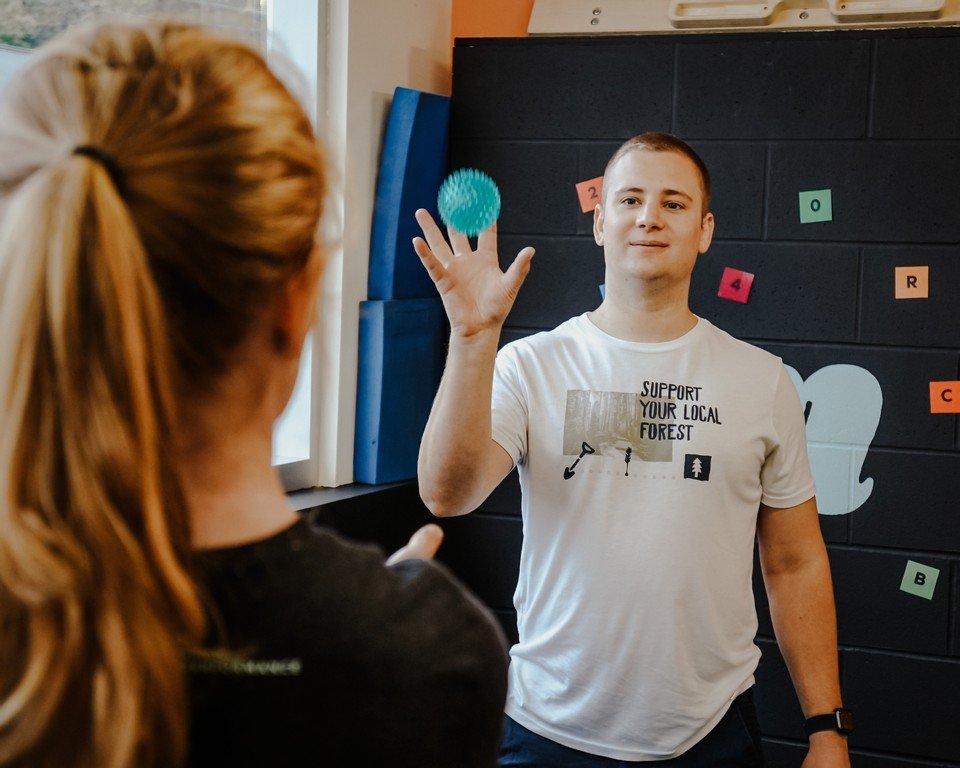


Client Highlight - Agata G.
Agata was having back pain that was interfering with many aspects of her life, and when she came to The Movement she actually was hesitant to focus on that problem because she had tried everything. At a certain point of the rehab process, it became apparent that this issue needed to be addressed as she had a particularly bad episode. After some time, Agata was able to get back control over her back pain and get back to the active lifestyle that she loves…

Why Runners Should Lift Weights
When you’re a runner, you’re a runner, and that’s your priority…it’s what you love to do and we completely share that passion. But what if there was a way to maximize your chances of running for as long as possible AND improve your performance? Think of your body like your vehicle for running, wouldn’t you want to increase the horsepower of your vehicle if you could? Wouldn’t you want to build a more robust frame for that vehicle to be more resistant to breakdown? As you probably guessed by the title of this blog post, we’re talking about lifting weights a.k.a resistance training. The argument for including resistance training as complimentary to your running practice is strong (no pun intended). As a quick summary, here’s why we recommend resistance training for every runner that we work with…

3 Reasons to Join The Movement Run Club
Reason 1 - Community
It’s easy to create a goal and say you’re going to do something, it’s another thing to execute on that goal! When you are accountable to a group of like-minded individuals, you’re more likely to stick to what you set out to accomplish. Moreover, having challenges can create a little bit of healthy competition. Although your main reason shouldn’t be driven by your need to win, having some healthy competition keeps things fun and engaging….

Client Highlight - Alvin Gutierrez
Alvin really enjoys what he calls, ‘leisurely powerlifting’, which means lifting heavy weights in his garage when he’s not working as a nurse practitioner or taking care of his kids. When he first came in, he was having a variety of issues that were not only preventing him from doing what he loves, but they were also impacting his daily function (getting down on the ground with his kids, standing and sitting down, etc. The process for Alvin getting back to powerlifting was not easy, but he got there!

How to Build Habits That Stick
I’m going to let you in on a secret. For the most part, you know what you need to do to become healthier. Exercise more, sleep more, manage stress and eat healthier. It can start with waking up, going for a walk or putting more veggies on our plate or something even simpler like drinking more water. You’ve been at the start of a habit, but where are you at the end? Did you achieve what you wanted to achieve and what was the outcome you were trying to achieve? Like many others, it likely all got lost because…habit change is hard…yup.
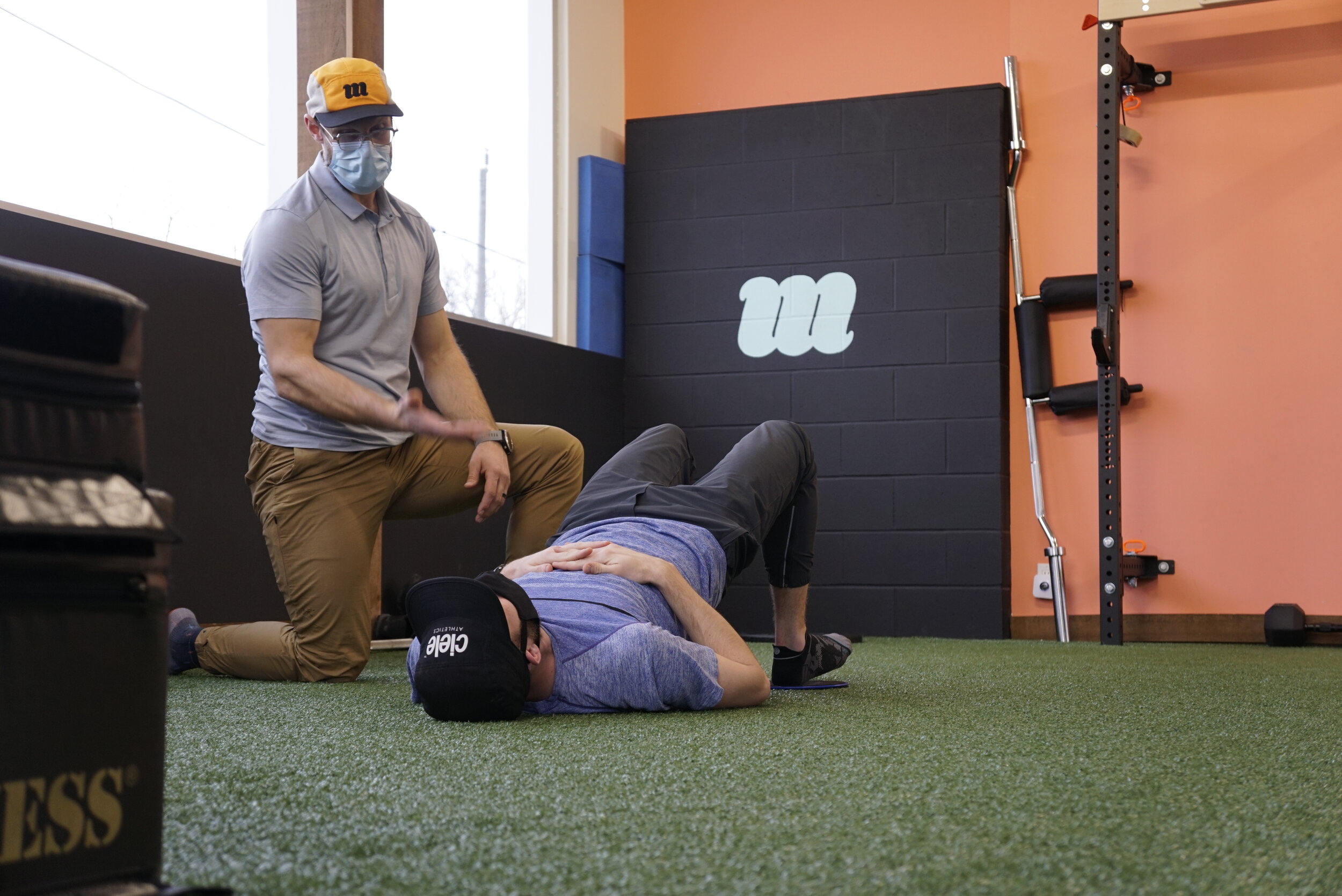
An Intro to Pain and Pain Rehab
Whether its thigh muscle pain several days after a long, hard run or acute pain below the knee when descending a steep hill or in a deep squat. Pain can be scary especially when it’s not going away or when you don’t know why you’re experiencing it. The purpose of this post is to discuss a bit more about why we experience pain and how to listen to it.
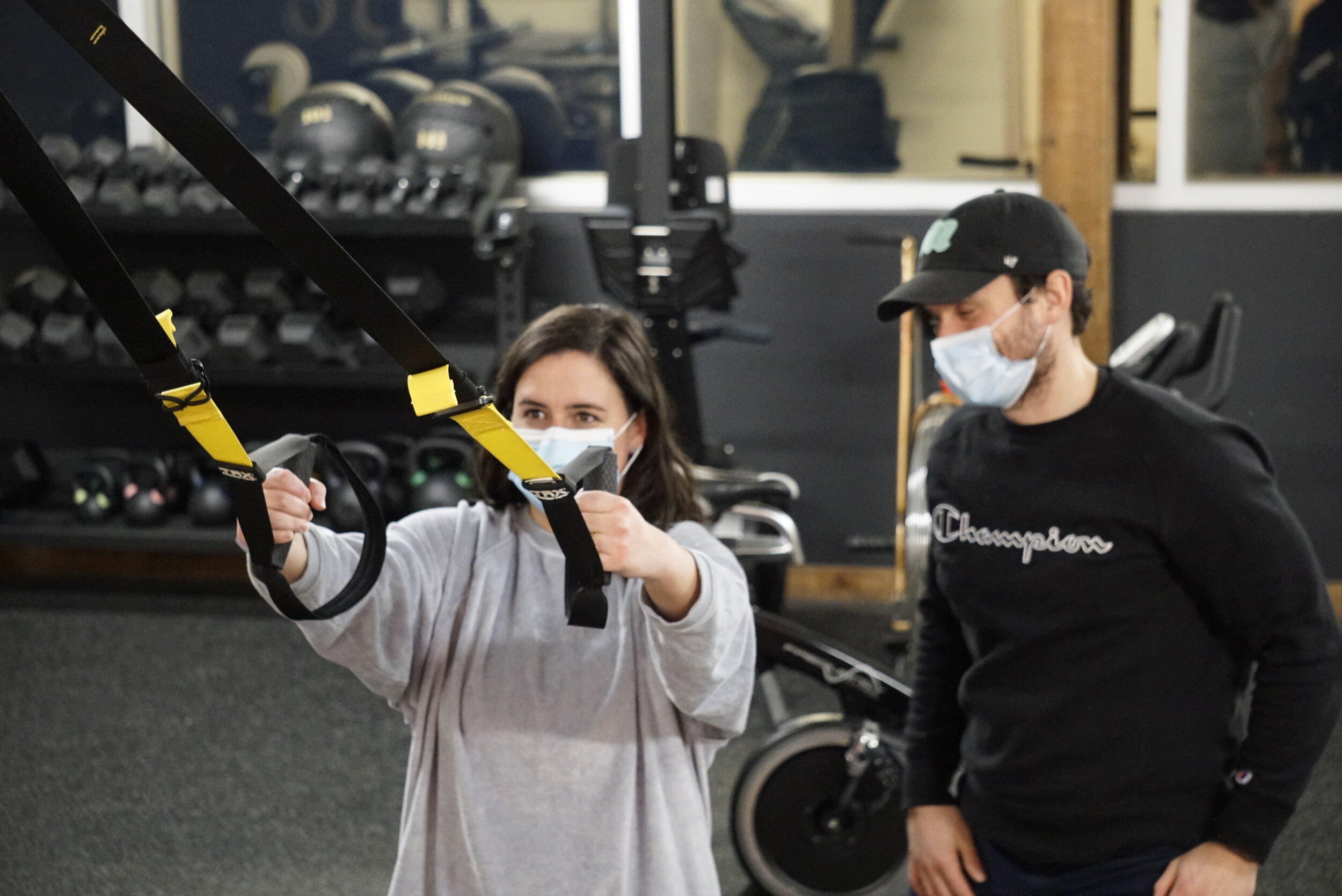
A Story About Why Active Problems Require Active Solutions.
Client ‘X’, we’ll call her Jane, was an experienced runner who was dealing with pain in the back of her thigh. This had been going on for months and was at the point where she was having difficulty walking let alone running. Like many of our other clients, she was confused and frustrated. Confused because she was trying to address the problem by seeing a physiotherapist and frustrated because she wasn’t able to do what she loved. She had been following us on instagram, attending our webinars/workshops, and noticing that we were preaching a different approach. Enough was enough and she came to see one of our physiotherapists for an assessment. Like many of our clients, Jane was incredibly motivated to get back to what she loved and wasn’t afraid to work hard. The issue wasn’t motivation, effort, or desire, the issue was a lack of an effective, targeted plan. Namely, Jane was missing an active plan, and we have a saying here at The Movement…

How We Approach Back Pain
Let’s address the elephant in the room, there is no magic cure for low back pain. What we know is that it’s common, it’s almost like the common cold in that it comes and goes and sometimes we don’t know why. The good news is that in the vast majority of cases, it resolves independent of treatment approach within 6-8 weeks. With respect to the causes and contributing factors, there are many! One cause that may feel familiar to you would be tissue issues like muscle strains, joint irritation, discogenic low back pain, etc. However, it’s not always possible or necessary to know whether these tissues are affected in your situation. Some things that may not make as much sense can include stress, lack of sleep, worry, anxiety, past experiences, mood, hormones, and a host of other things besides an unhappy tissue. Lot’s of things could be going on when you have back pain, and it’s rarely if ever one thing.

6 Reasons Why the Scale Can’t Be Trusted.
As a dietitian, I see many people that associate the number they see on the scale with health and how their nutrition or workout plan is working. FACT: the number on the scale does not reflect health or changes in body composition. The first thing I need people to accept is that our bodies come in all different shapes and sizes. Many of us hold a lot of value in how small we can make our bodies look, and that is partnered with a number we see when we weigh ourselves.
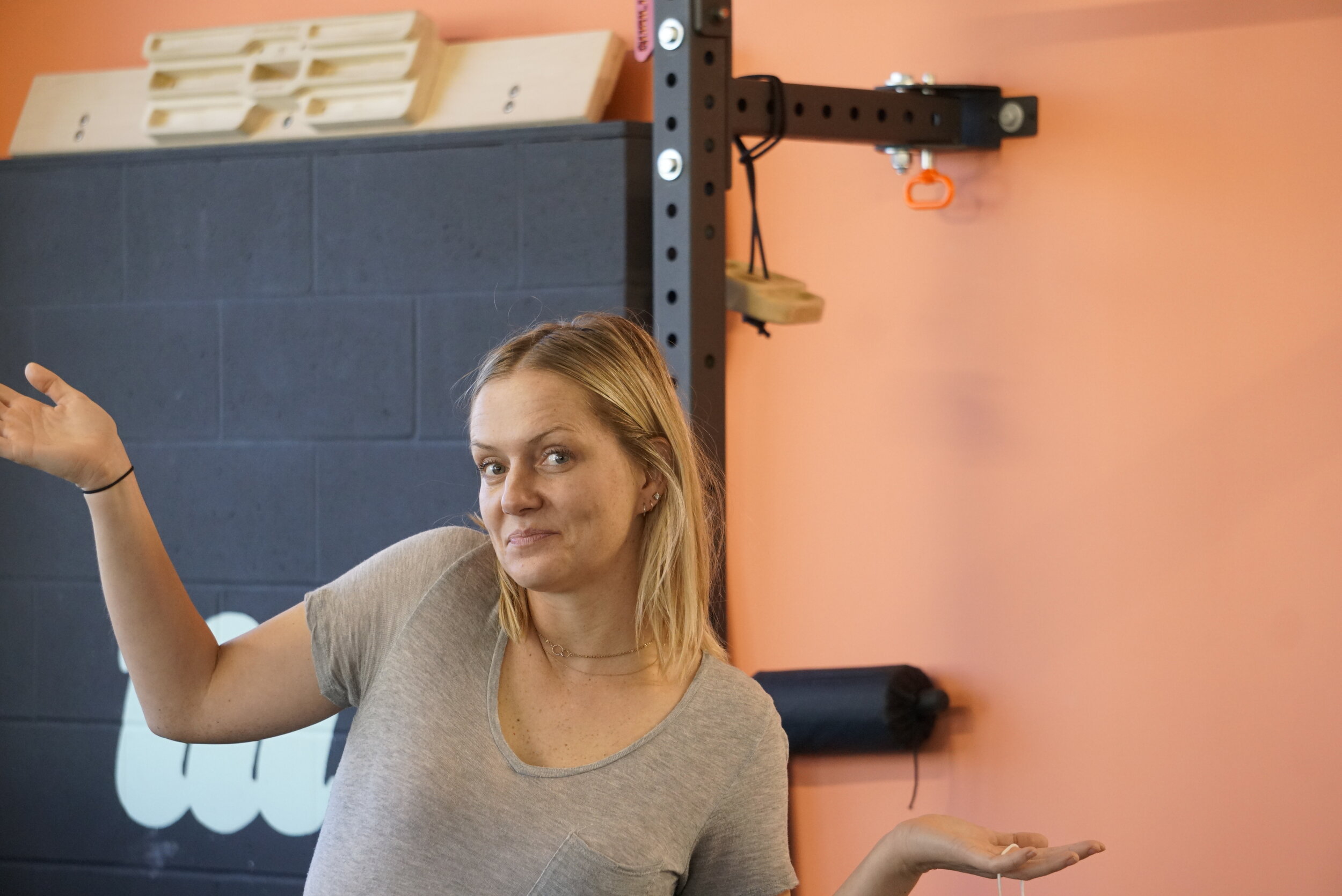
How to Spot a Good Nutrition Plan
All that said, instead of focusing on the plethora of reasons that fad diets are not something that I as a Registered Dietician recommend, this article is going to emphasize some key components of a plan that will set you up for success both physically and mentally.
Prepare for the long haul
Make sure your plan is Individualized
Make sure your plan is sustainable
A well balanced plan for long term weight loss and health
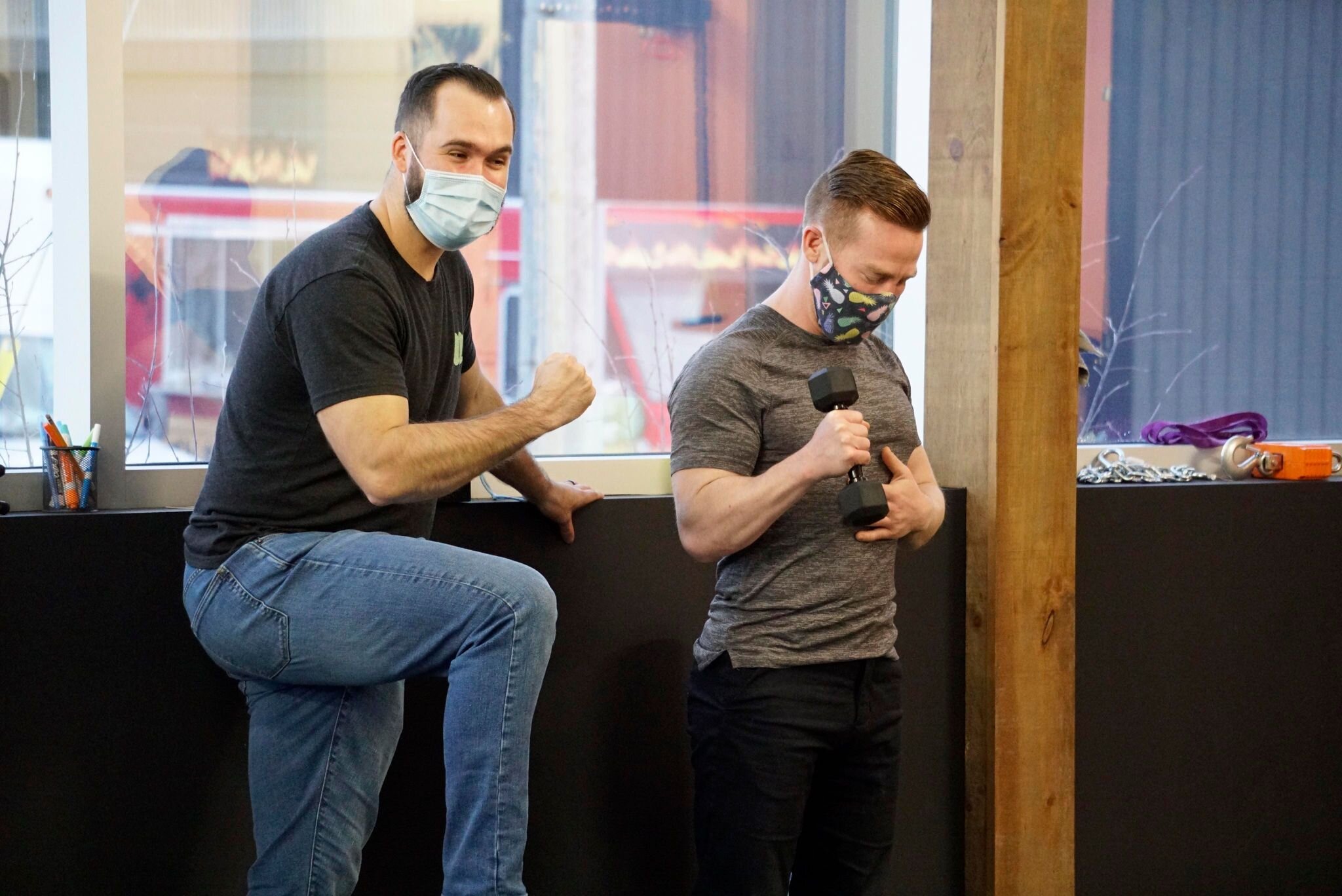
How to Get The Most From Your Recovery.
Whether you’re dealing with an acute injury, something more persistent, or something that comes and goes, working with a physio can be beneficial to guide you towards your goals with a little more precision. One of the most important things to understand about seeing a physio to help you with your recovery is that it is not something that is done to you. Rather, recovery is a process that is shared between you, your physio, and everyone else in your life. In essence, this means that there is plenty that you can do on your end to facilitate optimal recovery. The purpose of this post is to provide you with an understanding the things that we feel increase the chances of having a successful recovery.
